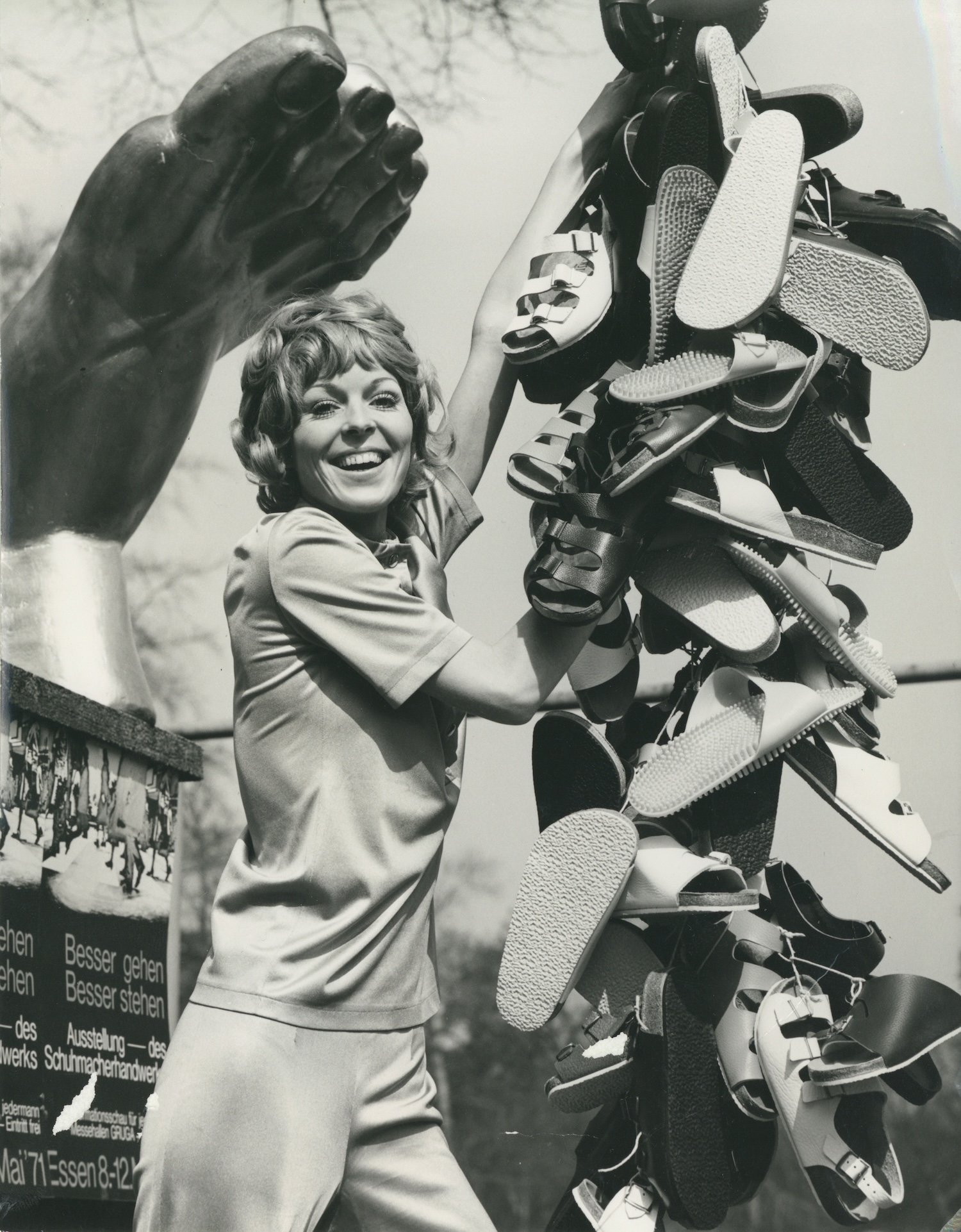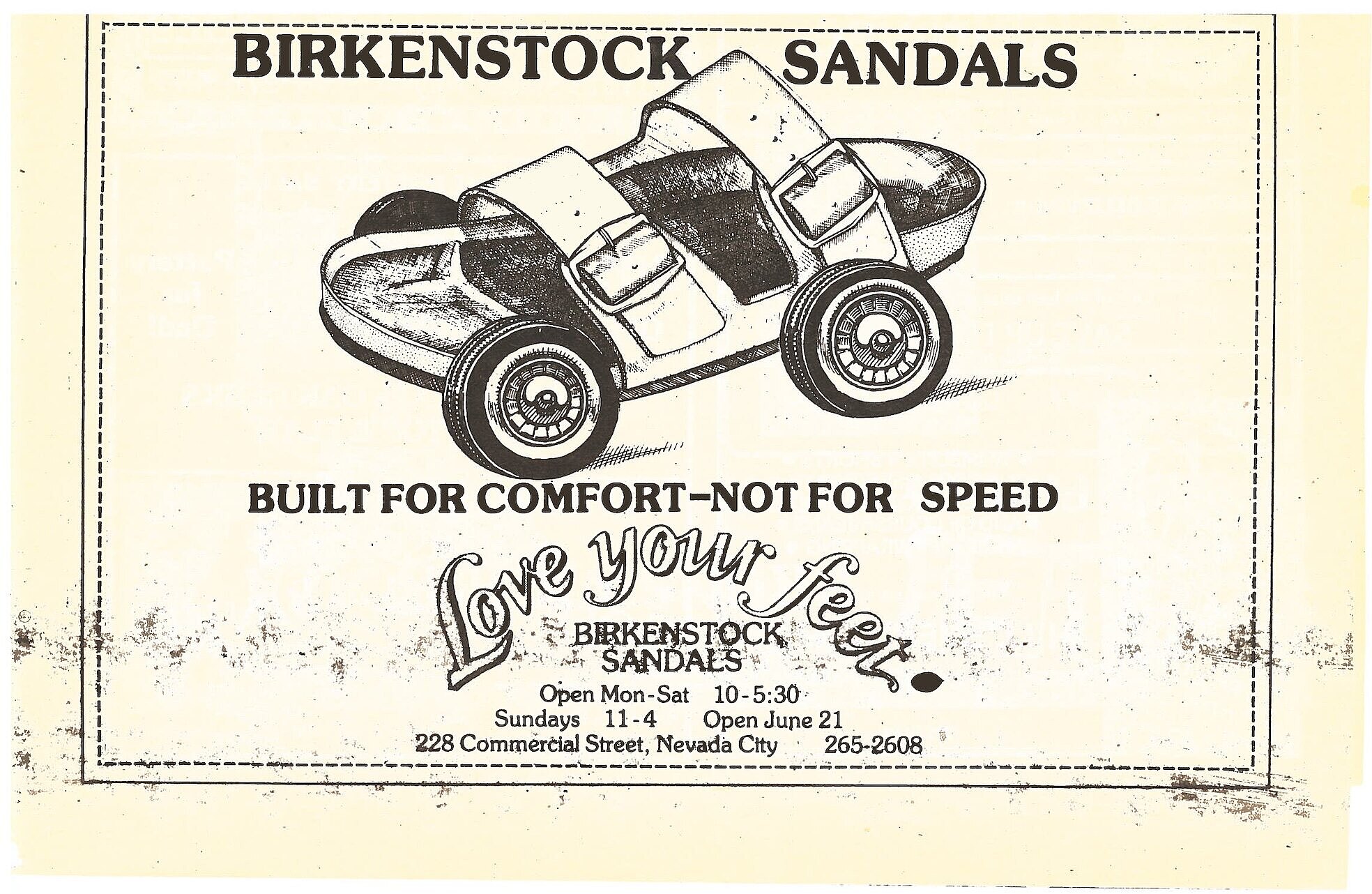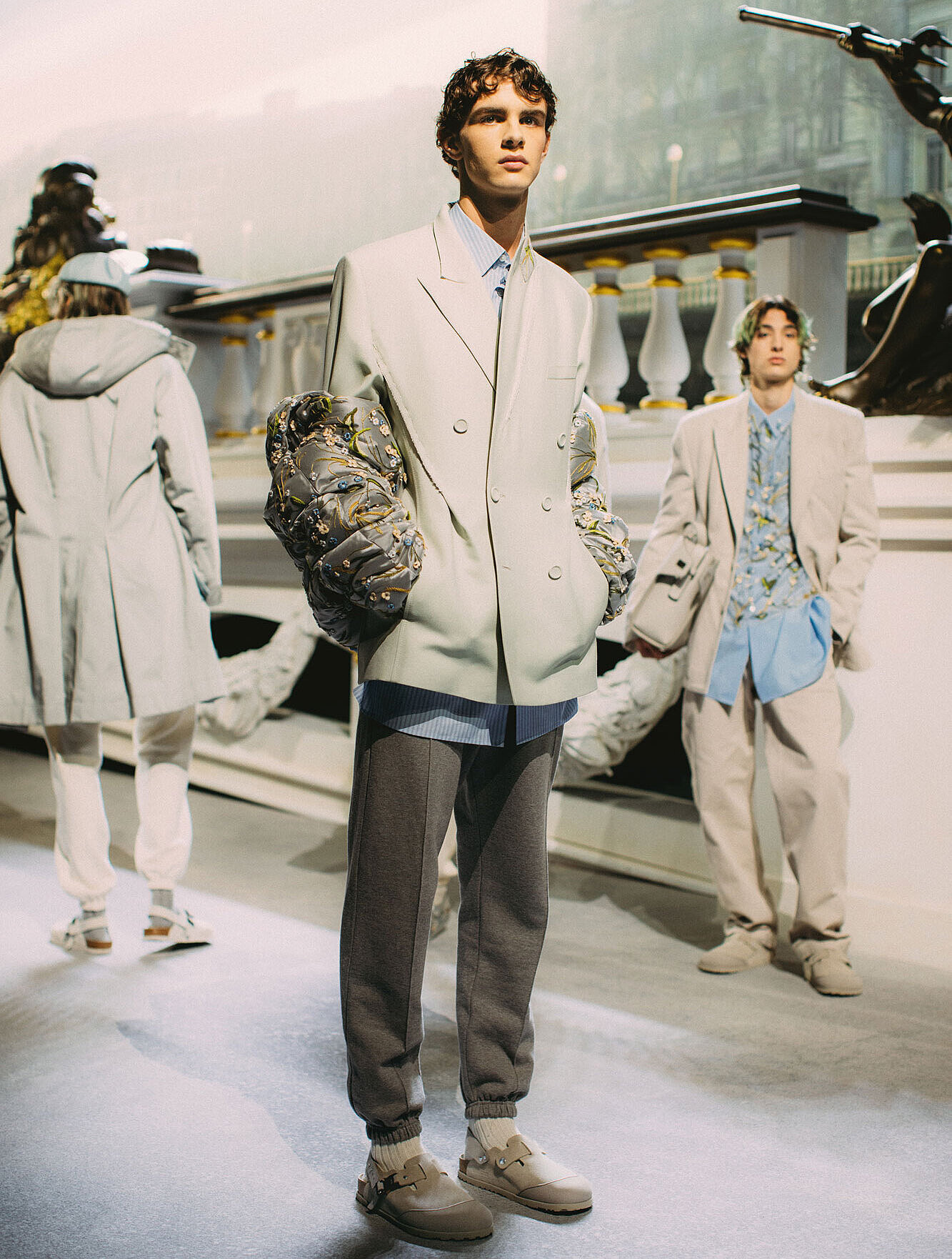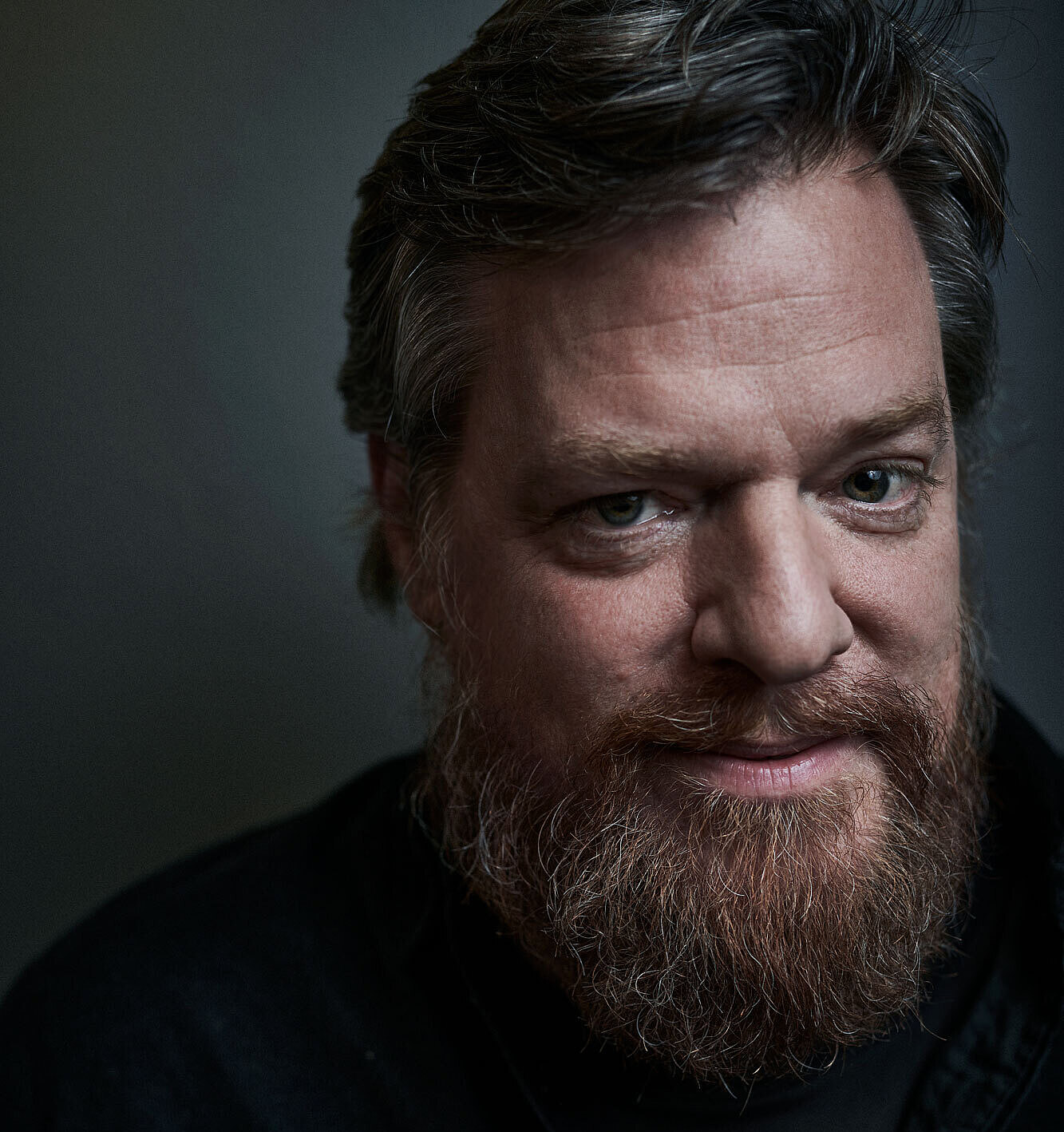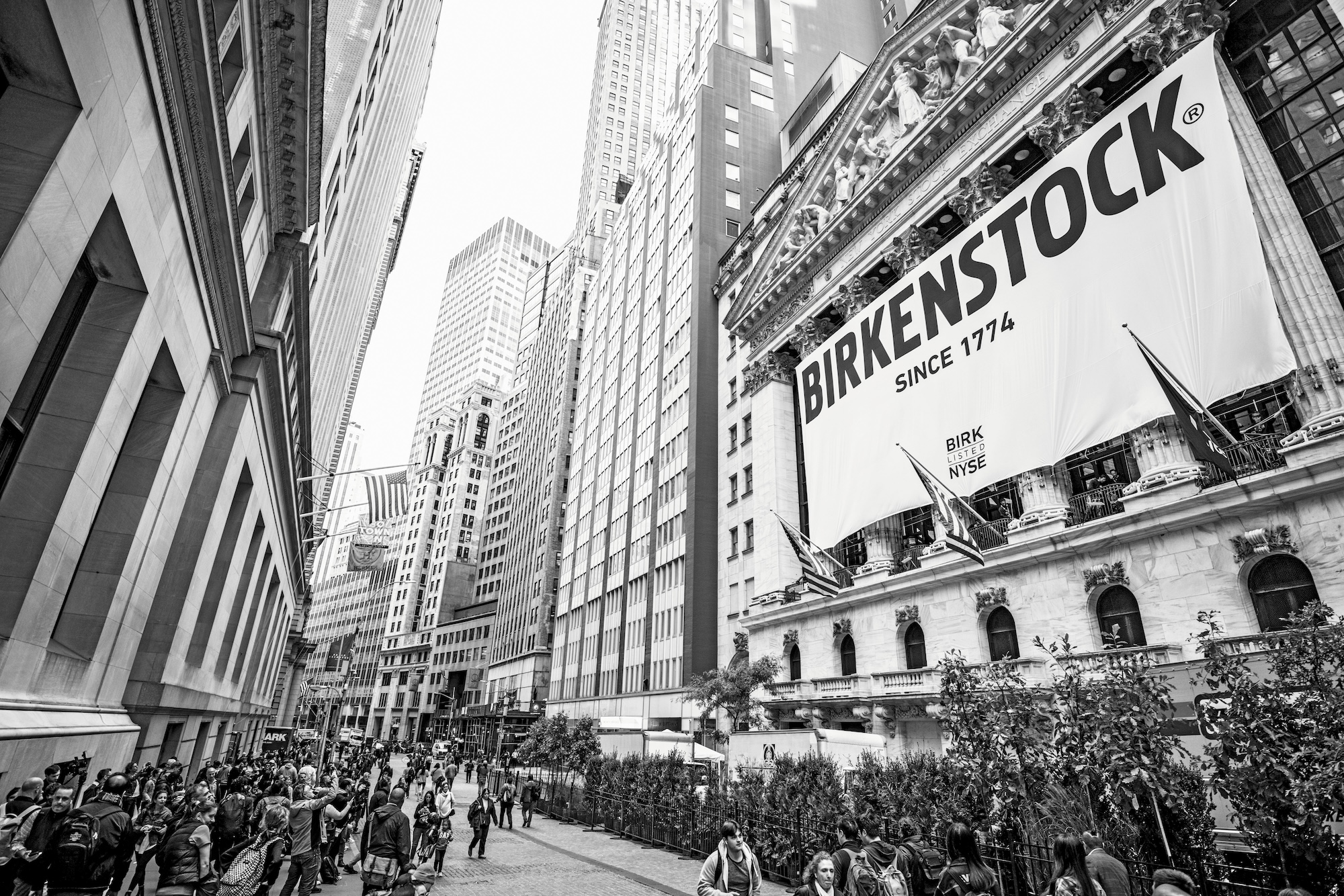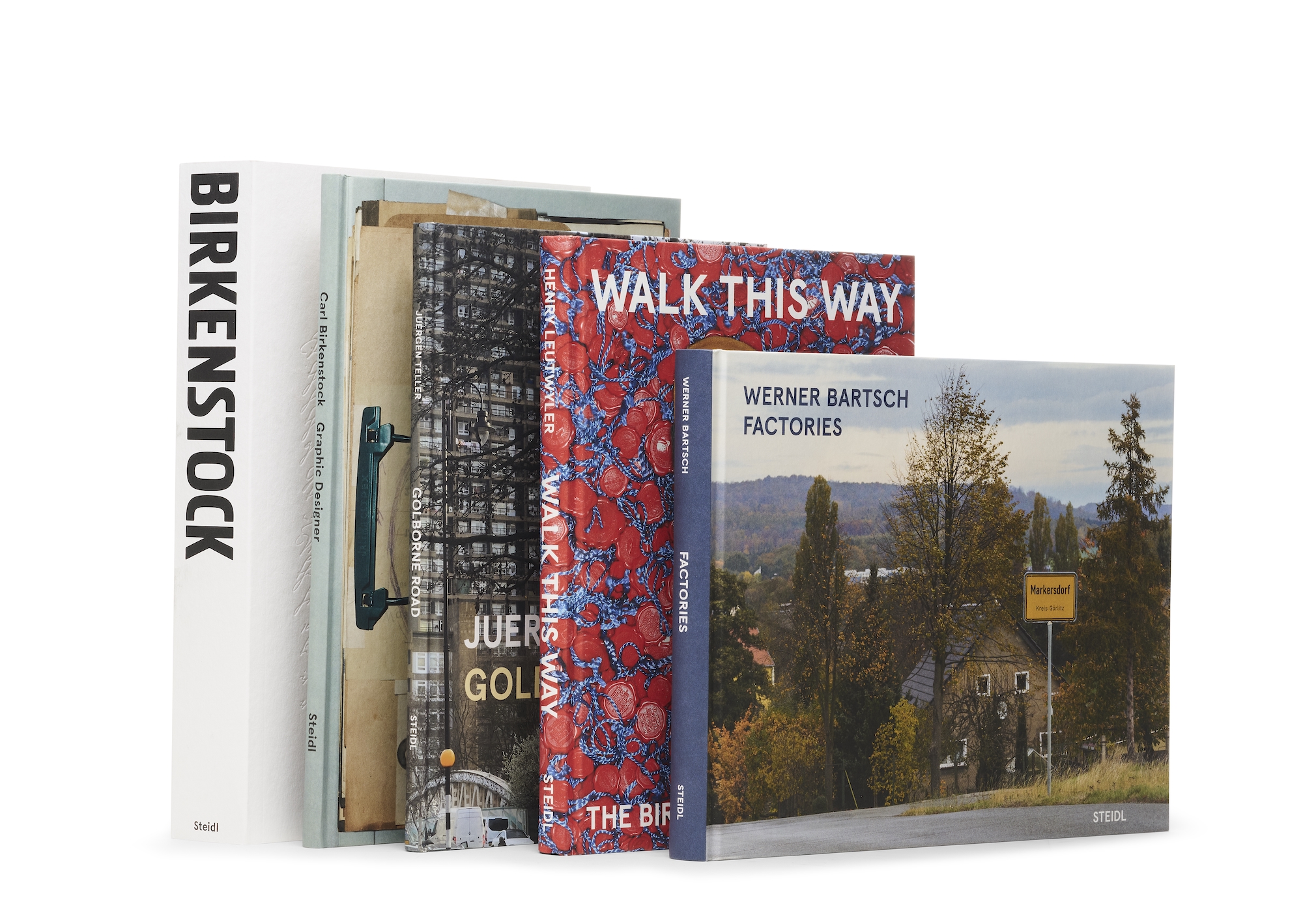BIRKENSTOCK during the Third Reich
At the time of National Socialism, the Birkenstock family runs three small businesses. The larger one – Gebr. Birkenstock GmbH, Steinhude – has up to 13 employees. The smaller company, Konrad Birkenstock GmbH, was still located in Friedberg. Heinrich Birkenstock opened his own small business in Büdingen, not far away.
Soldiers who suffer harm to their feet from wearing unhealthy boots for weeks and months use the flexible insoles to relieve their pain, causing sales to increase during the Second World War, as they did in the First World War. However, the insoles are only purchased privately; there is no business relationship between the Birkenstock companies and the Nazi regime.
Ideologically, the family is not close to the National Socialists. Carl Birkenstock joins the Nazi party in 1940 – relatively late – in order to protect himself from local attacks by the National Socialists, while the other family members join neither the party nor other Nazi organizations.
The Birkenstock family never does business with the National Socialists, does not produce military goods and does not act as a supplier. Likewise, no Jewish-owned properties or companies are acquired. There are no forced laborers in any of the small businesses.
As a multi-generational business whose roots can be traced back to 1774, BIRKENSTOCK is facing up to its history proactively. Therefore, in 2018 BIRKENSTOCK commissioned the Gesellschaft für Unternehmensgeschichte (GUG) to review the history of the family and the company from 1897 (invention of the anatomically shaped last) to 1963 (when the Original Birkenstock-footbed sandal was invented) as well as the early beginnings of the shoemaking tradition of the family in the 18th century based on scientific standards.
The comprehensive project is led by Dr. Schneider-Braunberger, managing director of the GUG, who is a distinguished historian and an expert in the field of history of Corporate Germany during the National Socialism. Although there was no evidence of any involvement in the Nazi system up to that point, the company felt it was important to have this period examined in depth as part of the historical research process.
You can read the extensive research results in Dr. Andrea Schneider-Braunberger’s book: “BIRKENSTOCK: The Evolution of a Universal Purpose and Zeitgeist Brand”, published on June 11, 2024 by Prestel (ISBN: 978-3-7913-9332-2).
A summary of the main findings of the study on BIRKENSTOCK during the National Socialist era can be found here.









